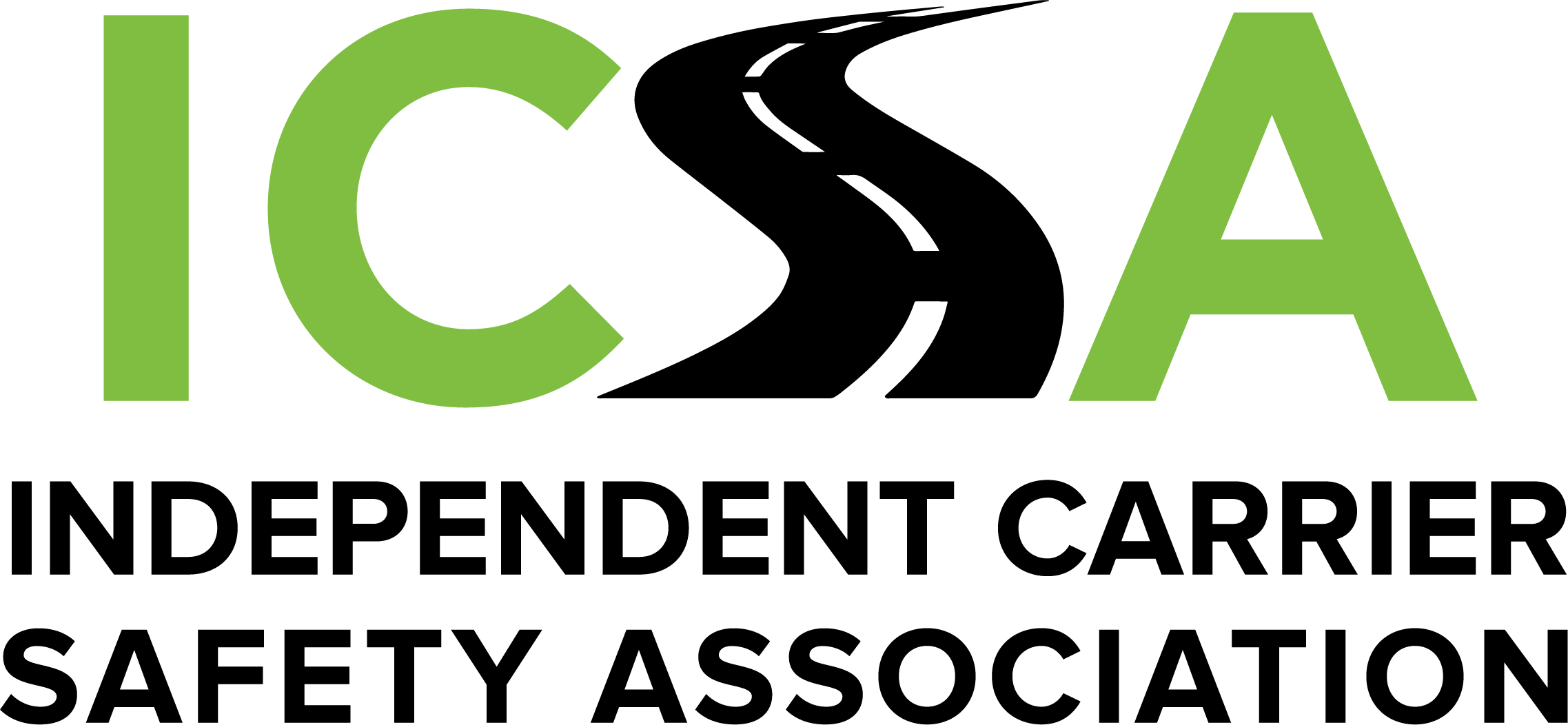The mission of the Federal Motor Carrier Safety Administration is “to reduce crashes, injuries and fatalities involving large trucks and buses.” Safety-conscious motor carriers and professional truck drivers embrace that goal. But in the case of the new Hours of Service (HOS) that became effective in 2020, FMCSA has discovered that measuring the safety impact of this regulation can be difficult.
As a reminder, the four key changes FCMSA made to HOS rules were:
- Short-haul exception – Expanded the short-haul exception from 100 air-miles to 150 air-miles for commercial driver’s license (CDL) holders and allowed a 14-hour work shift for drivers utilizing the exception.
- Adverse driving conditions exception – Expanded the driving window during adverse driving conditions by 2 hours.
- 30-minute break requirement – Required a break of at least 30 consecutive minutes of non-driving time after 8 cumulative hours of driving but allowed non-driving, on-duty time to count toward the required break.
- Sleeper berth provision – Modified the sleeper berth exception to allow a driver to meet the 10-hour minimum off-duty requirement by spending at least 7 hours in the berth plus at least 2 hours inside or outside the berth, provided the two periods total at least 10 hours.
Congress requested a report from FMCSA on the effect these changes had on highway safety. FMCSA’s response: “inconclusive”!! FMCSA looked at HOS violations and at-large truck crashes in the year before these HOS changes and in the year following the rule changes. HOS violations went up slightly after the HOS rule adjustments, but the large truck crash rate showed no statistically significant change.
Does that mean FMCSA did not fulfill its safety mission when it adjusted the HOS rules? Not necessarily. Because something else intervened – the COVID-19 pandemic. During this same timeframe FMCSA issued nine emergency declarations which contained HOS waivers for the motor carriers and truck drivers providing “direct assistance in support of relief efforts.” And to further muddle the safety data, the commodities that qualified for “relief efforts” were adjusted to meet changing needs… thereby also affecting which carriers and drivers had HOS waivers. In effect, some COVID-19 waivers remained in effect up until 2023!
The lesson learned here is to be cautious when people make blanket statements that truck regulations are good or bad -- measuring the safety impact of regulations can be difficult, if not impossible.

